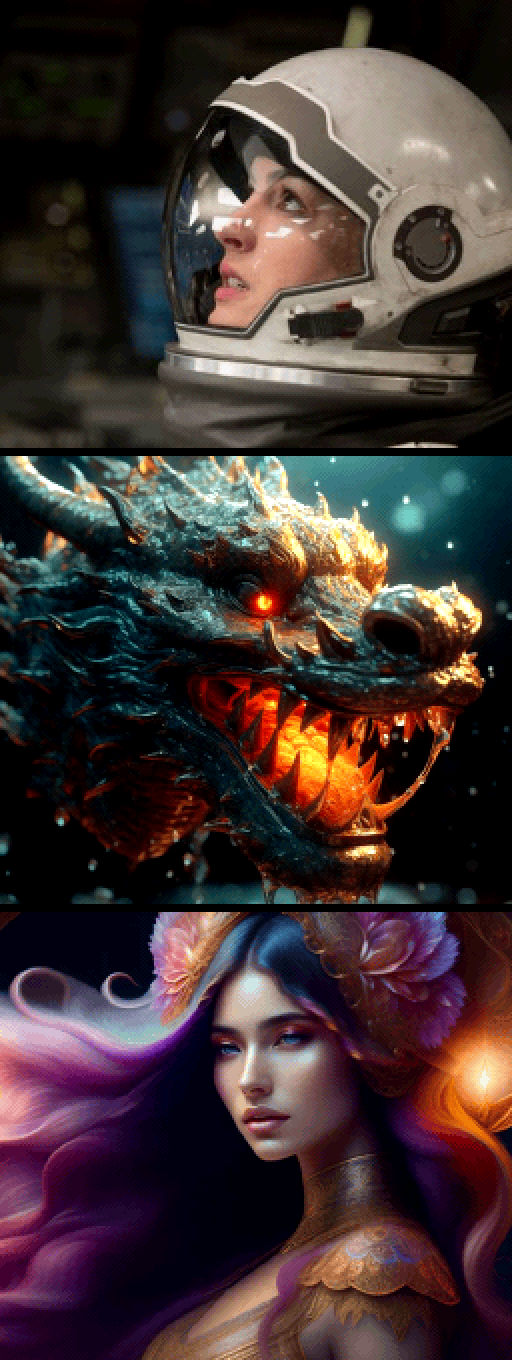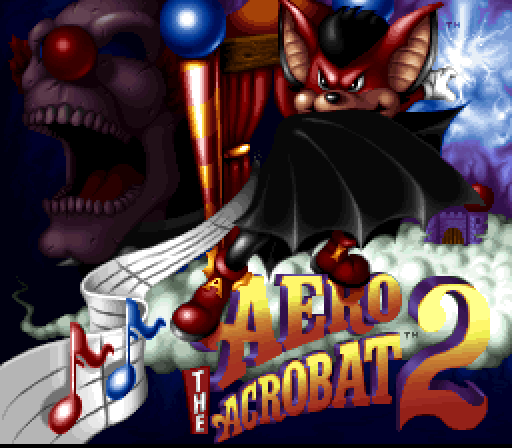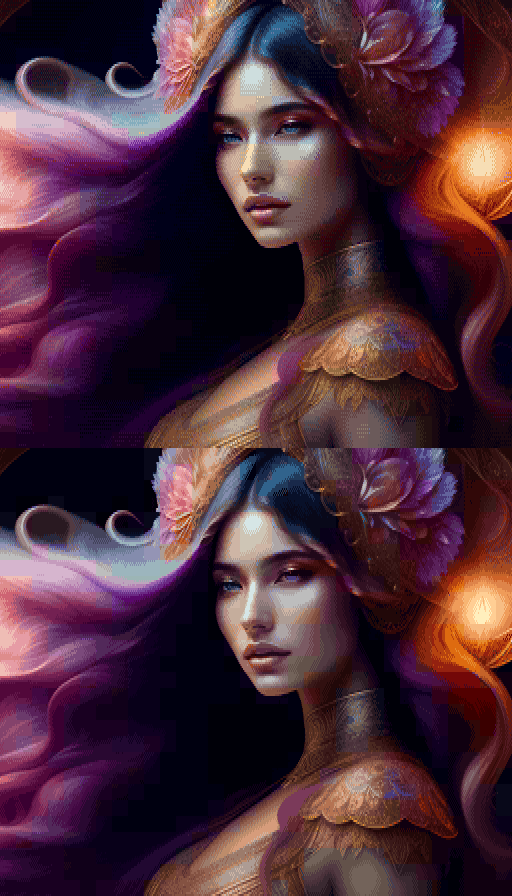Until someone tries to truly push the SNES to output something beyond the 8bpp 256-colour 256x224-resolution images that are possible as standard in Modes 3 and 4 on the system, the following representative examples of stock-SNES-spec accurate images as they would be viewed in pixel perfect mode on a typical modern monitor are about as good as we're going to see (created using Rilden's Tiled palette Quantization tool):

- 8bpp 256-colour 2x scale.png (225.28 KiB) Viewed 38947 times
Here's an example of a screenshot from an actual SNES game with a lovely 8bpp title screen image (taken in Mesen-S):

- Aero2 2x Scale.png (56.37 KiB) Viewed 38738 times
We clearly haven't seen anywhere near the best the SNES is capable of outputting with these high quality images though, especially given we still don't have any great examples of 8bpp 256-colour plus colour math and HDMA images, or 2048 direct colour plus 128-CGRAM-colour images, or 512x224 or possibly 512x448 resolution images with any kind of blending and the like, or even anything that actually tries to go beyond the standard built-in options for static images, and definitely not anything that shows how the stock SNES can also display all of these standard image options during actual gameplay too if so desired.
Not that most people wouldn't be totally happy with and indeed probably blown away by the quality of even the standard Mode 3/4 256x224 8bpp 256-colour representative images above, but maybe one day we will get to see what SNES is truly capable of in this area, with actual real limit-pushing viewable and even playable examples in some cases that everyone can appreciate, which I think will be very cool.
For now though, here are some additional representative mockups I made of what the stock SNES is basically be capable of with Mode 4's 8bpp images plus gameplay, give or take a couple of minor tweaks here and there, some of which I've already altered in my latest local versions to be even more accurate, but basically this:
https://www.youtube.com/watch?v=tqCj2Sa6l5Y
https://www.youtube.com/watch?v=_KKWVDbFUQ8
https://www.youtube.com/watch?v=1sDXq-tByfc
And here's a link that explains how I would maybe go about doing some of the stuff in my examples above for anyone who's curious:
https://inceptionalnews.wordpress.com/2 ... d-be-done/
Edit: Interestingly, here are a couple of example images that would be 512x224 and 4bpp with 16x8 tile size on SNES as best as I can represent them, which have been colour converted using Rilden's tiled palette quantization tool:

- 512x224 4bpp DitherDiag4and2.png (143.71 KiB) Viewed 38146 times
These images don't use any HDMA, colour math, pixel blending, composite signal manipulation, or anything like that either. It's also just the pure pixels as they again would be viewed on a typical modern monitor rather than how they might look when seen on a CRT that softens and blends the pixels more, where they would look even nicer. Rilden's tool isn't even properly setup for this also, as there's no true way to convert an image at 512x224 resolution that has pixels half as wide as they are high without making all the pixels the same aspect ratio again. So I literally had to use it with a vertically squashed 512x224 image, convert everything, and then change the size in Photoshop to 512x448 using nearest neighbour scaling to represent the pixels that are half as wide as they are high in 512x224 mode on SNES, which clearly isn't optimal.
So, yeah, I'd definitely like to see more of what can be done in this space.




